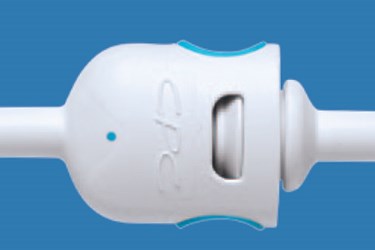Critical Steps In Selecting Fluid Connectors For Medical Applications

By Jim Brown, Medical Business Unit Manager, Colder Products Company
With so many risks and options for connecting tubing in medical applications, it is important to have a simple and repeatable strategy for selecting the best connector solution. The process requires a thorough analysis of the application in order to ensure connectors will be compatible with the physical, chemical and biological environment, and be easy to use and help prevent misconnections—whether the application involves connecting air lines for a blood pressure cuff, connecting reagent supplies to a blood analyzer, or making critical connections between a patient and heart-lung machine. The connector selection process can be broken down into the decision-making steps outlined below.
Begin the connector selection process by considering the safety of the patients and health care professionals who will be using the connectors. Connectors need to be easy and intuitive to use so there is no danger of leaks, spills or, in particular, misconnections.
In the past, the luer was a simple, universal design that provided an acceptable connection for many applications. However, today’s escalation in the number of tubes and connections in medical laboratories, hospital rooms and operating rooms has increased the danger of misconnections. Regulatory and reporting groups such as the Food and Drug Administration (FDA), the Institute for Safe Medication Practices (ISMP) and The Joint Commission (TJC) have all reported patient injuries or deaths arising from misconnections.
Get unlimited access to:
Enter your credentials below to log in. Not yet a member of Med Device Online? Subscribe today.
